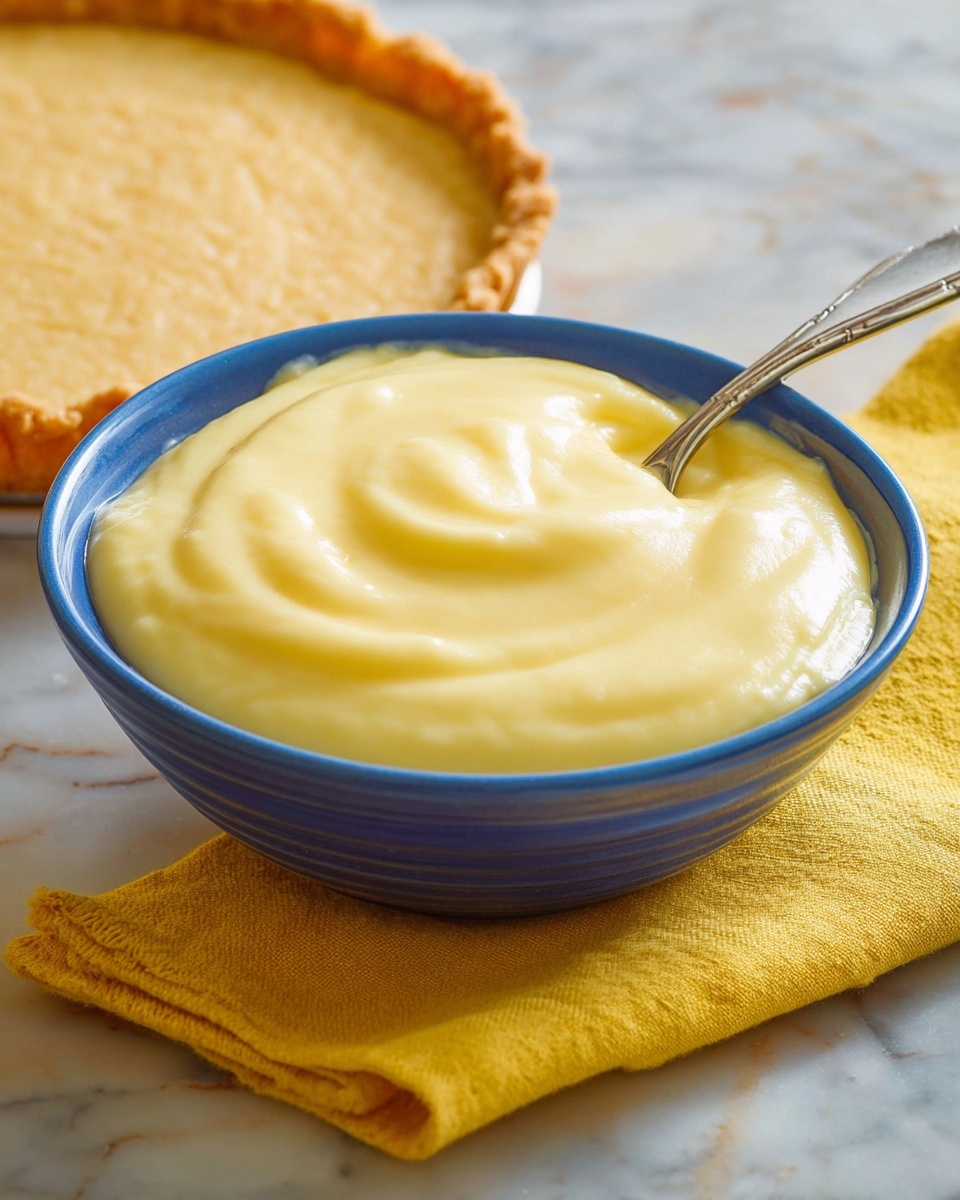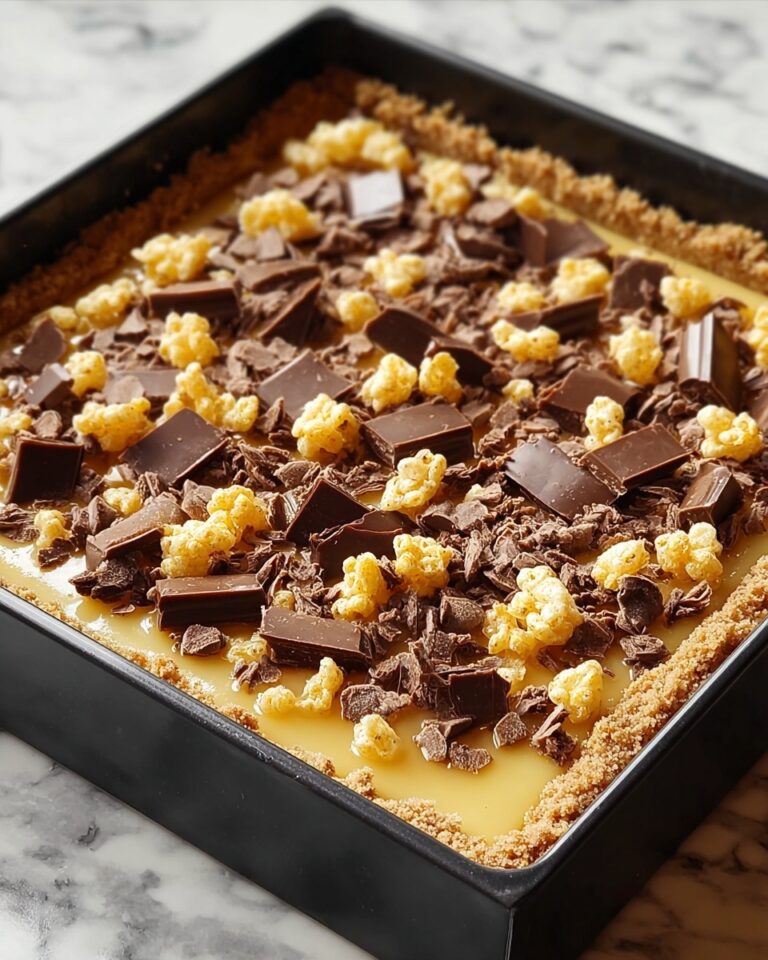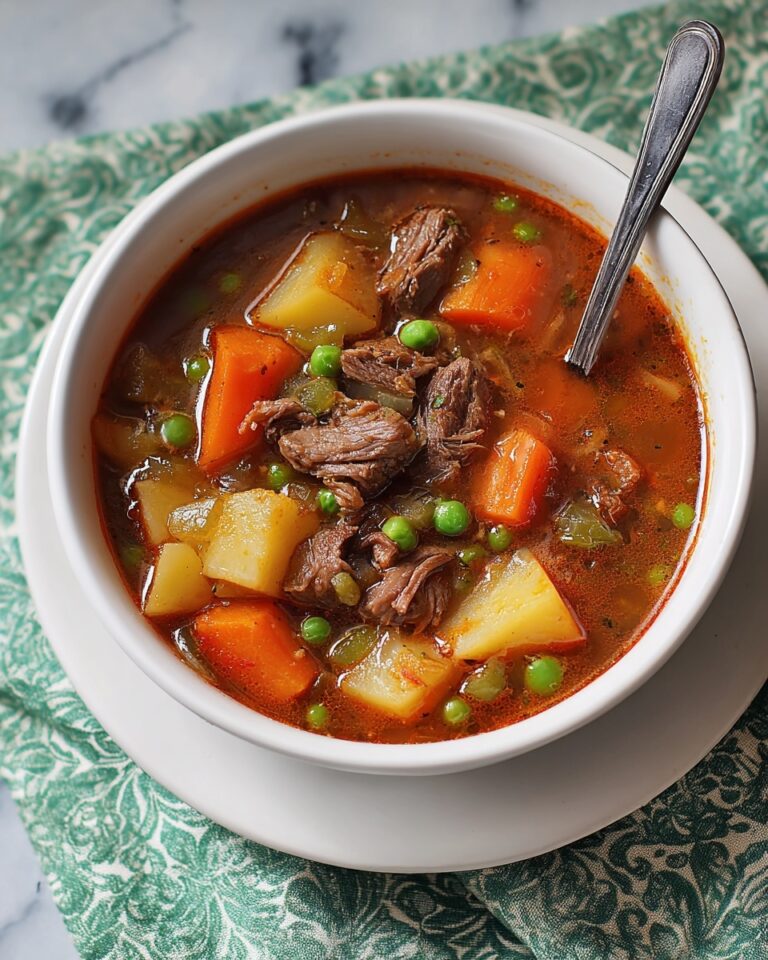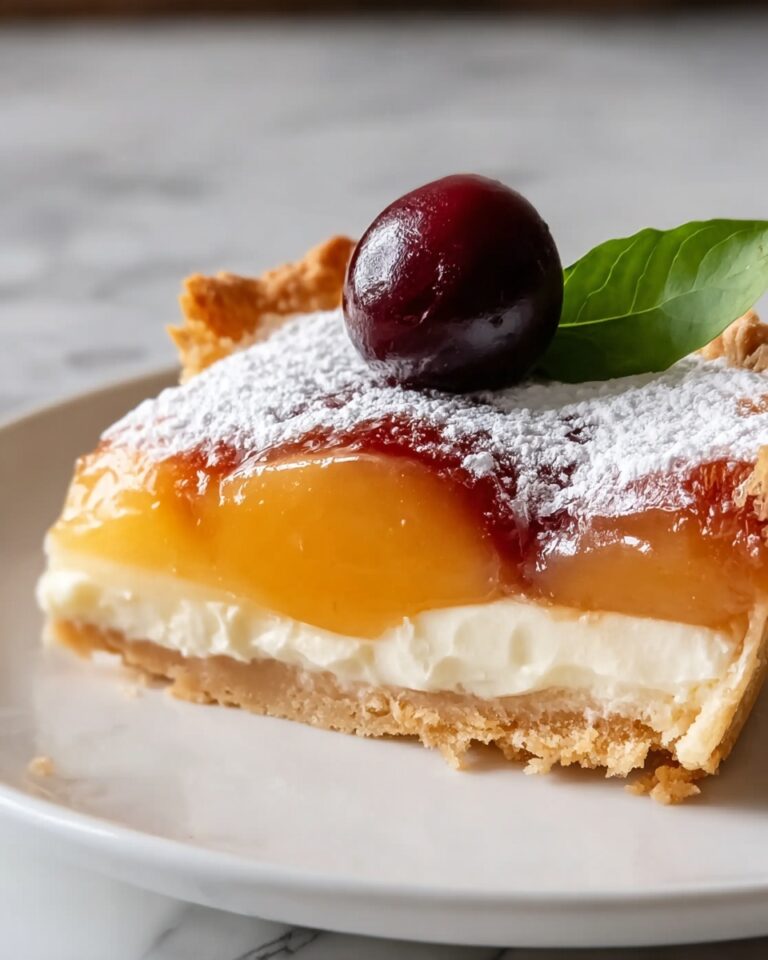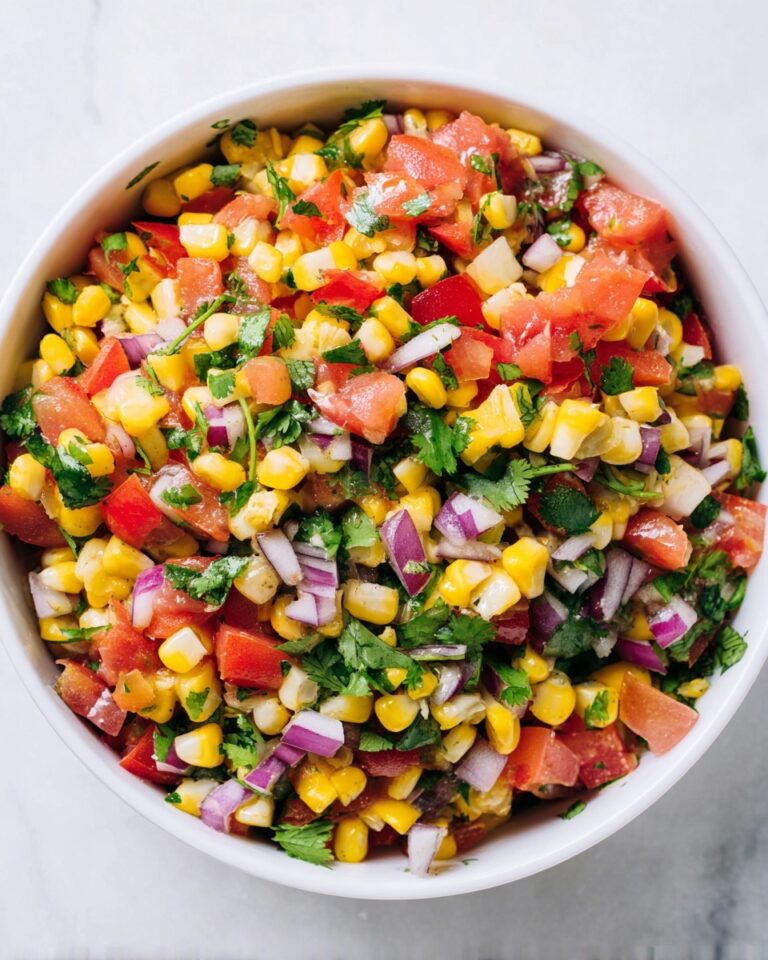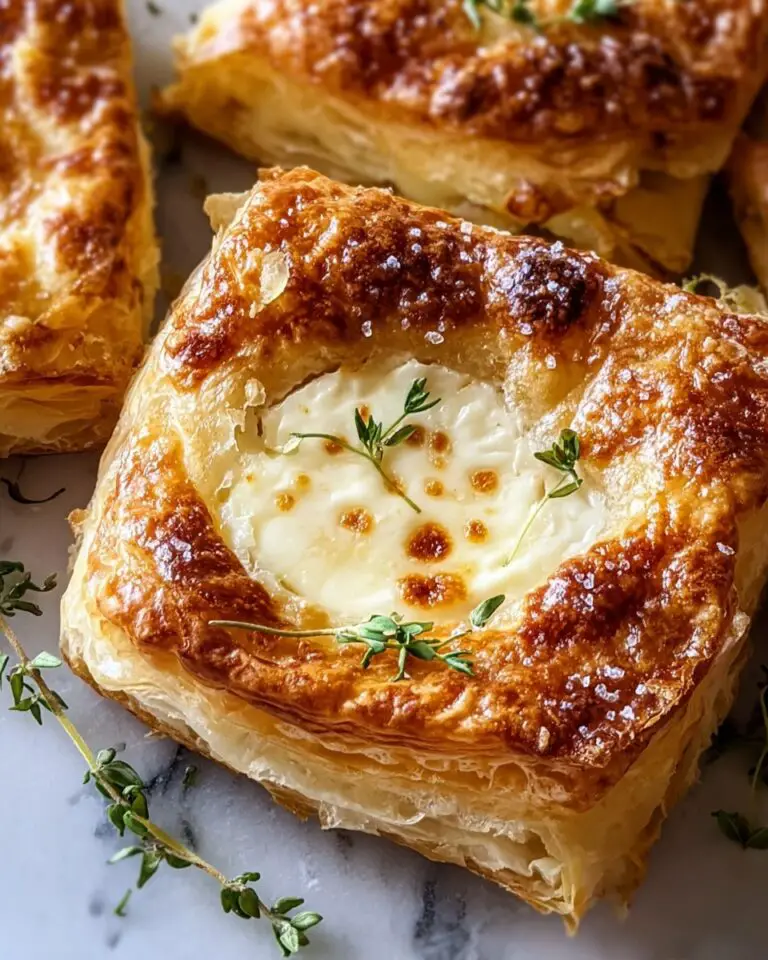If you’ve ever bitten into a delicate éclair or a luscious fruit tart and wondered about the secret behind their irresistibly creamy center, you’ve just uncovered the magic of the Classic Vanilla Pastry Cream Recipe. This silky, rich custard is the heart of many beloved desserts, striking the perfect balance of sweetness, smoothness, and that unmistakable vanilla warmth. Whether you’re a seasoned baker or just starting out, mastering this recipe opens a wonderful world of dessert possibilities with a luscious filling that’s as elegant as it is comforting.

Ingredients You’ll Need
The beauty of this Classic Vanilla Pastry Cream Recipe lies in its simplicity. Each ingredient plays a crucial role, from the velvety texture the butter imparts to the pure vanilla flavor that makes every bite memorable. Having high-quality, fresh ingredients ensures that your pastry cream turns out perfectly every time.
- Whole egg and egg yolks: These provide structure and richness, giving the cream its custardy base.
- Granulated sugar: Adds the right level of sweetness without overpowering the vanilla.
- Corn starch: The secret thickening agent, creating that smooth, pudding-like texture.
- Fine sea salt: Enhances the cream’s sweetness and balances the flavors.
- Whole milk: The foundation of the creamy liquid base, offering richness and moisture.
- Heavy whipping cream: Elevates the texture with added creaminess and body.
- Unsalted butter: Enriches the cream with a subtle silkiness and depth.
- Vanilla extract: The star flavor that lifts the entire pastry cream to its classic status.
How to Make Classic Vanilla Pastry Cream Recipe
Step 1: Whisk the Eggs and Dry Ingredients
Start by combining the whole egg, egg yolks, granulated sugar, corn starch, and fine sea salt in a heat-proof mixing bowl. Whisk vigorously for about 2 minutes until the mixture is completely smooth and lightens in color. This step is essential because it activates the starch and blends everything seamlessly, setting the foundation for a silky final custard.
Step 2: Heat the Dairy
In a large saucepan, gently heat the whole milk, heavy whipping cream, and unsalted butter over medium heat. Stir occasionally to prevent scalding or skin formation on the milk. As soon as the mixture reaches a gentle boil, remove it from the heat. This blend of milk and cream creates a rich base that perfectly balances the eggs and sugar in the pastry cream.
Step 3: Temper the Eggs
Now comes a crucial moment: tempering the eggs to avoid scrambling. While whisking the egg mixture constantly, slowly drizzle in about a third of the hot milk mixture. This gradual step warms the eggs gently, allowing them to blend smoothly without cooking prematurely. It’s a delicate but necessary trick for that perfect texture.
Step 4: Combine and Cook
Pour the warmed egg mixture back into the saucepan with the remaining milk mixture and whisk to combine. Place the pan over medium heat and whisk constantly until the cream thickens—usually about 2 minutes. Don’t let up on whisking; you want to cook off the raw starch taste and prevent lumps. Once you see the cream starting to boil, reduce the heat to maintain a low boil and whisk vigorously for an additional minute. The result should be a thick, glossy custard that speaks of richness and smoothness.
Step 5: Flavor and Cool
Remove your precious custard from the heat and whisk in the vanilla extract to infuse that classic, inviting aroma. Transfer the pastry cream to a shallow bowl, then place plastic wrap directly on the cream’s surface to prevent a skin from forming. Let it cool to room temperature before refrigerating for at least 2 hours. With patience, this resting step allows the flavors to marry beautifully and the texture to firm up just right.
How to Serve Classic Vanilla Pastry Cream Recipe

Garnishes
Keep it simple or get creative—fresh berries, a sprinkle of powdered sugar, or a few shavings of dark chocolate complement the vanilla custard beautifully. These touches add bursts of freshness, texture, and visual appeal that elevate the experience of your pastry cream dish.
Side Dishes
Serve the pastry cream alongside crisp crepes, flaky puff pastry, or fresh fruit for a delightful treat. Pairing it with baked goods adds contrasting textures that make each bite interesting and indulgent. It’s also a classic filling for cakes and donuts, turning humble desserts into something special.
Creative Ways to Present
Go beyond traditional tartlets and try piping the pastry cream into homemade choux buns for éclairs or profiteroles. Layer it between cake tiers or swirl it into parfait glasses with seasonal fruit and crunchy granola for an elegant dessert that feels fresh and inviting. No matter how you present it, this Classic Vanilla Pastry Cream Recipe is sure to impress.
Make Ahead and Storage
Storing Leftovers
Pastry cream keeps well covered in the refrigerator for up to 3 days. Make sure to keep a layer of plastic wrap directly on the surface to prevent skin formation, which can ruin the silky texture you worked so hard to achieve.
Freezing
Freezing pastry cream is generally not recommended as it can alter the texture once thawed; it tends to become watery and separates. Instead, enjoy it fresh or store it carefully in the refrigerator as mentioned.
Reheating
If you need to warm your pastry cream, do so gently over a double boiler or in short bursts in the microwave, stirring frequently. Reheat just enough to take the chill off, as overheating can cause the custard to curdle or lose its smooth consistency.
FAQs
Can I use vanilla bean instead of vanilla extract?
Absolutely! Using a vanilla bean will give your pastry cream a more intense, fragrant vanilla flavor and those lovely specks of bean throughout the custard. Simply split the bean, scrape the seeds, and warm them with the milk and cream before proceeding with the recipe.
How thick should the pastry cream be?
The texture should be thick enough to hold its shape when chilled but still creamy and smooth, similar to pudding consistency. If it’s too runny, it might need a little more cooking time; too thick, and a small splash of milk can help loosen it up.
Can I make this recipe dairy-free?
To make a dairy-free version, substitute the whole milk and heavy cream with coconut milk or another creamy non-dairy alternative. Keep in mind, the flavor and texture may vary slightly, but it will still be delicious.
Why did my pastry cream curdle?
Curdling usually happens when the heat is too high or if the eggs cook too quickly. To avoid this, temper the eggs carefully by adding the hot milk slowly and whisk continuously. Cooking over moderate heat and stirring constantly helps keep the texture smooth.
Can I use this pastry cream for cakes?
Definitely! This Classic Vanilla Pastry Cream Recipe is perfect for layering in cakes or as a filling for cupcakes. Its rich, smooth texture enhances many desserts, making it a versatile and beloved component in baking.
Final Thoughts
Once you experience the lusciousness of this Classic Vanilla Pastry Cream Recipe, you’ll wonder how you ever made desserts without it. It’s a simple, reliable custard that transforms ordinary pastries into extraordinary treats. Give it a try—you might just find it becoming your new baking best friend!
Print
Classic Vanilla Pastry Cream Recipe
- Prep Time: 15 minutes
- Cook Time: 10 minutes
- Total Time: 25 minutes
- Yield: 8 servings (approximately 2 1/2 cups)
- Category: Dessert Filling
- Method: Stovetop
- Cuisine: French
Description
This classic Pastry Cream recipe yields a smooth, creamy custard perfect for filling éclairs, tarts, and cakes. Made from egg yolks, sugar, cornstarch, milk, cream, butter, and vanilla, it is gently cooked on the stovetop and thickened to a luscious consistency.
Ingredients
Custard Base
- 1 whole large egg
- 2 large egg yolks
- 1/2 cup granulated sugar
- 3 Tbsp corn starch
- 1/8 tsp fine sea salt
Milk & Cream Mixture
- 1 cup whole milk
- 1 cup heavy whipping cream
- 2 Tbsp unsalted butter
Flavoring
- 2 tsp vanilla extract
Instructions
- Mix the Base Ingredients: In a medium heat-proof mixing bowl, combine the whole egg, egg yolks, granulated sugar, cornstarch, and fine sea salt. Whisk vigorously until the mixture is completely smooth and lightened in color, which should take about 2 minutes.
- Heat the Milk and Cream: In a large saucepan, add the whole milk, heavy whipping cream, and unsalted butter. Heat over medium heat, stirring occasionally to prevent scalding or film formation. Remove from heat as soon as the mixture just starts to boil.
- Temper the Egg Mixture: While whisking the egg mixture constantly, slowly drizzle in one-third of the hot milk and cream mixture. This gradual tempering step prevents the eggs from scrambling by slowly raising their temperature.
- Cook the Pastry Cream: Pour the tempered egg mixture back into the saucepan with the remaining milk and cream. Place over medium heat and whisk constantly until the mixture thickens, approximately 2 minutes. Allow it to cook through briefly, watching carefully to prevent separation. As it begins to boil gently, reduce heat to maintain a low boil and whisk vigorously for 1 more minute until the cream is thick, smooth, and glossy.
- Finish and Chill: Remove the saucepan from heat and whisk in the vanilla extract. Transfer the pastry cream to a shallow bowl and place plastic wrap directly over its surface to prevent a skin from forming. Allow it to cool to room temperature, then refrigerate for at least 2 hours or up to 3 days before using.
Notes
- Whisk constantly when heating to prevent lumps and to ensure a smooth texture.
- Tempering the eggs by slowly adding hot milk is crucial to prevent curdling.
- Cover the pastry cream surface with plastic wrap immediately after cooking to avoid a skin forming.
- This pastry cream can be stored in the refrigerator for up to 3 days.
- Use whole milk and heavy cream for the best rich and creamy texture.

